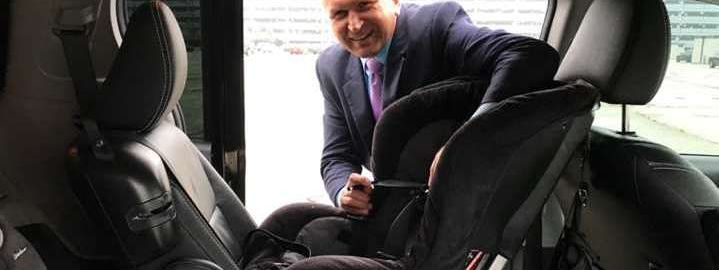How to Install Car Seats
See for yourself tips on how to install forward-facing and rear-facing car seats correctly.
No matter the model of vehicle or car seats you have, you should always follow three important rules for installing an infant car seat:
Place the car seat in the backseat.
The safest spot for your baby is always in the backseat — preferably in the middle spot, away from passenger-side air bags. If your car doesn’t fit a car seat securely there, place the seat on either side of the backseat (or, if you drive an SUV, in the second row). One place you should never put a car seat: on the front seat. If there’s an accident (even if it’s minor), the passenger-side airbag could open up and seriously injure your baby. (To note: All kids under the age of 13 belong in the backseat.)
Face it backwards.
Experts urge parents to keep kids in the rear-facing position as long as possible, usually until about 2 years old. Why? Facing backward offers the best protection for a baby’s head, neck and spine. Kids under 2 are 75 percent less likely to be severely or fatally injured in a car crash if they’re rear-facing. (Find out when to make the switch to the forward-facing position below.)
Be sure the base is secured tightly.
A car seat shouldn’t wobble, pivot, slide or tip. If it moves more than an inch forward or to the side, it’s too loose. You’ll know a rear-facing infant seat is installed tightly enough if, when you hold the top edge of the car seat and try to push it downward, the back of the seat stays firmly in place at the same angle.


